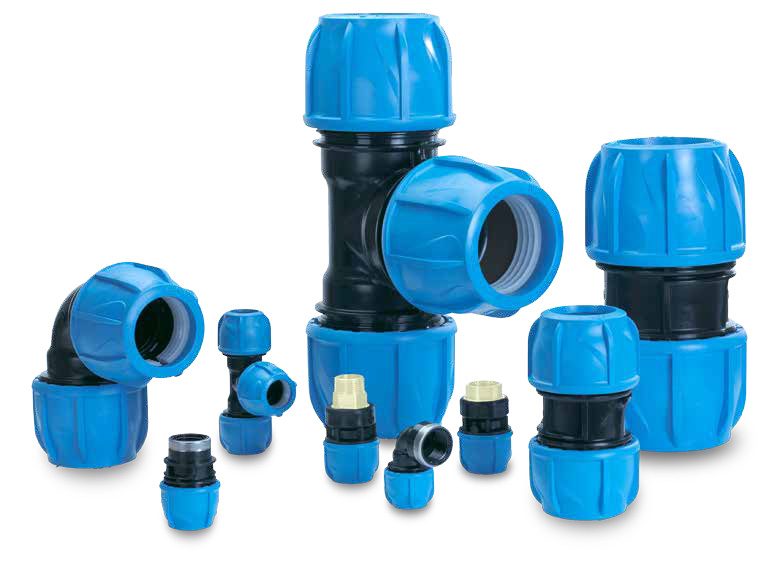Integrated Pest Control Systems: Harmony in Agriculture
Unlocking Harmony in Agriculture with Integrated Pest Control Systems Pest management is a perennial challenge…


Unlocking Harmony in Agriculture with Integrated Pest Control Systems
Pest management is a perennial challenge for farmers, with traditional methods often relying on chemical pesticides. However, the concept of Integrated Pest Control Systems has gained momentum, offering a comprehensive and sustainable approach that harmonizes agricultural practices with nature.
1. The Essence of Integrated Pest Control Systems
Integrated Pest Control Systems (IPCS) go beyond conventional pest control methods. The essence lies in integrating various strategies to create a balanced and resilient agricultural ecosystem. This approach emphasizes prevention, monitoring, and control to minimize the use of chemical pesticides.
2. Prevention: The First Line of Defense
Preventive measures are a cornerstone of IPCS. Farmers implement strategies such as crop rotation, resistant crop varieties, and maintaining optimal planting distances to create an environment less conducive to pests. This proactive stance reduces the likelihood of pest infestations, laying the foundation for a sustainable agricultural system.
3. Monitoring for Informed Decisions
Regular monitoring is crucial in IPCS. By closely observing the farm’s ecosystem, farmers can identify early signs of pest presence. This information allows for timely and targeted interventions, preventing minor issues from escalating into major infestations. Monitoring may involve the use of traps, sensors, and visual inspections.
Link to Integrated Pest Control Systems
4. Biological Controls: Nature’s Allies
Harnessing natural predators and parasites to control pest populations is a key component of IPCS. Introducing beneficial insects or microorganisms that prey on pests helps maintain a natural balance, reducing the need for chemical interventions. Ladybugs, nematodes, and predatory mites are examples of nature’s allies in pest control.
5. Crop Rotation and Diversification
Crop rotation disrupts the life cycles of specific pests, preventing them from establishing persistent populations. Integrated Pest Control Systems often involve planning the sequence of crops strategically to exploit natural mechanisms that hinder pests. Diversification also plays a role, as a variety of crops can confuse and deter pests.
6. Resistant Crop Varieties: Nature’s Armor
Developing and planting crop varieties resistant to pests is a proactive strategy in IPCS. This natural resistance, often achieved through selective breeding or genetic modification, minimizes the vulnerability of crops to specific pests. It is a sustainable and effective way to protect crops without heavy reliance on pesticides.
7. Cultural Practices and IPM
Cultural practices, such as proper irrigation and fertilization, contribute to plant health and resilience against pests. Healthy plants are better equipped to withstand pest pressures. Integrated Pest Control Systems encourage farmers to adopt practices that enhance overall plant vitality, making them less susceptible to infestations.
8. Education and Knowledge Transfer
Successful implementation of IPCS requires knowledge and awareness among farmers. Extension services, workshops, and educational programs play a vital role in disseminating information about sustainable pest management practices. Empowering farmers with the right knowledge enables them to make informed decisions and adopt IPCS effectively.
9. Reduced Environmental Impact
One of the significant advantages of Integrated Pest Control Systems is the reduced environmental impact compared to conventional pest control methods. By minimizing the use of chemical pesticides, IPCS contributes to healthier soils, water systems, and biodiversity, fostering a more sustainable and resilient agricultural environment.
10. The Road Ahead: Embracing Sustainable Agriculture
Integrated Pest Control Systems embody a holistic and forward-thinking approach to agriculture. By integrating diverse strategies and emphasizing harmony with nature, IPCS paves the way for sustainable farming practices. Embracing these systems is not just a choice; it is a step towards a resilient, balanced, and harmonious agricultural future.







